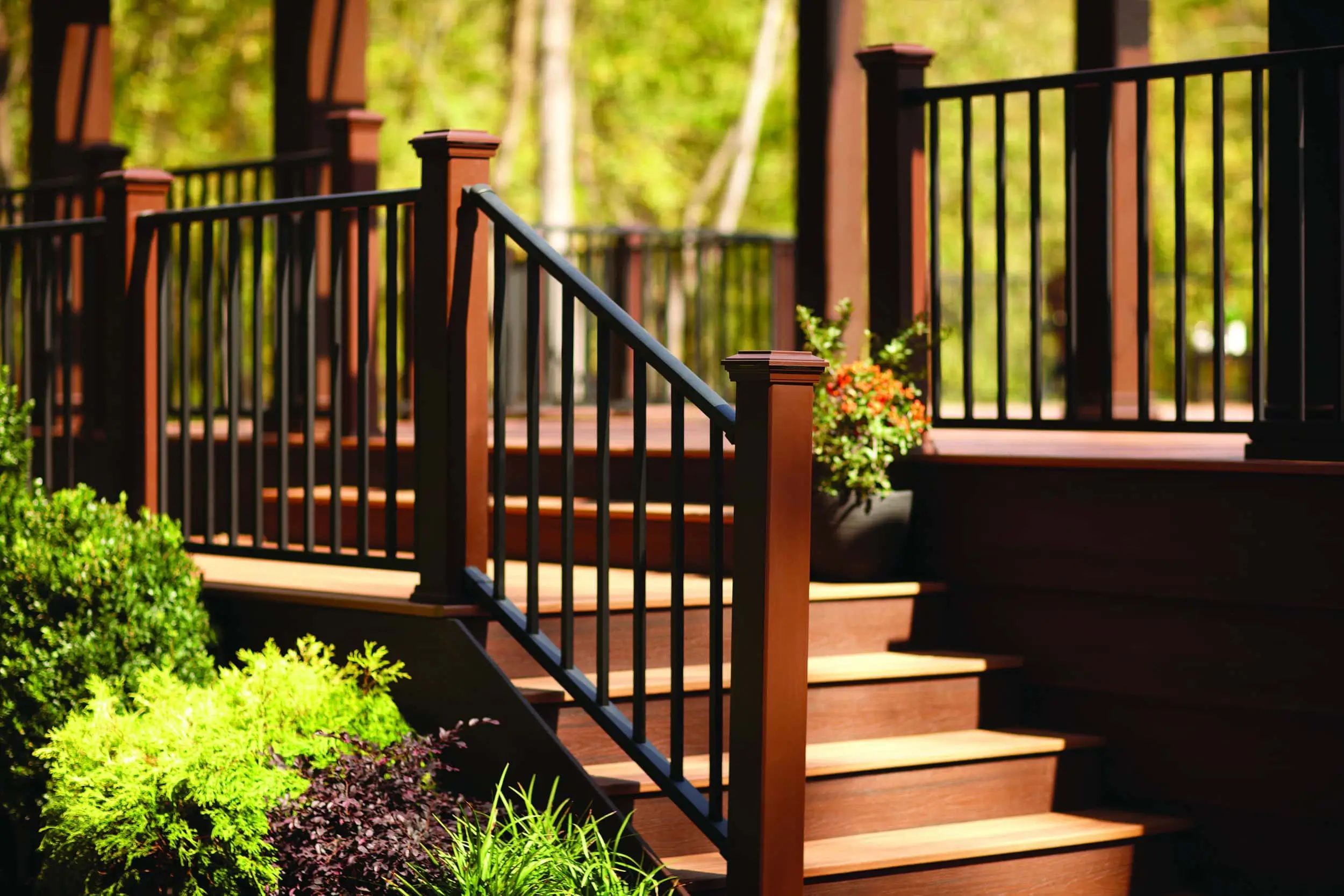
Outdoor Living
We unite suppliers and green industry professionals worldwide
Would you ever imagine a plant that can change its flower color depending on the soil? Lacecap Hydrangea (Hydrangea macrophylla var. normalis) does exactly that - its blossoms shift from blue to pink or even purple based on soil pH
By Mariam Scott
|Published on June 12, 2025


"Gardening is the purest of human pleasures." – Francis Bacon
Would you ever imagine a plant that can change its flower color depending on the soil? Lacecap Hydrangea (Hydrangea macrophylla var. normalis) does exactly that—its blossoms shift from blue to pink or even purple based on soil pH. This remarkable ability, combined with its delicate, lace-like blooms, makes it one of the most captivating shrubs for any garden. This lovely variety of hydrangea has a more naturally beautiful and subtle aesthetic than the common mophead hydrangeas, which gives it a special spot in yards of gardeners who appreciate a balance of dainty beauty with rich color.
Lacecap Hydrangea — This flower, native to Japan and China, is famous for its ability to change flower color depending on soil pH, producing pink flowers in alkaline soil and blue flowers in acidic soil. With its airy, lacy blossoms and that lush green foliage, it is an excellent choice for shady gardens, woodland borders, and container displays.
The Lacecap Hydrangea is an excellent choice if you are looking for a low-maintenance but stunning shrub that will add a bit of romance to your garden.
| Common Name | Lacecap Hydrangea |
| Scientific Name | Hydrangea macrophylla var. Normalis |
| Type | Deciduous Shrub |
| Height | 3-6 feet |
| Spread | 3-5 feet |
| Bloom time | Late spring to early fall |
| Flower Color | Blue, pink,purple or white (depending on soil pH) |
| Sun requirements | Partial shade to full sun |
| Soil Requirements | Moisture retentive, well-draining and rich in organic matter |
| Toxicity | Toxic to pets when eaten |

September 05, 2025
9 minute read
September 05, 2025
19 minute read
September 05, 2025
19 minute read
September 04, 2025
24 minute read


Join as a seller and connect with thousands of B2B buyers nationwide!
Sign Up
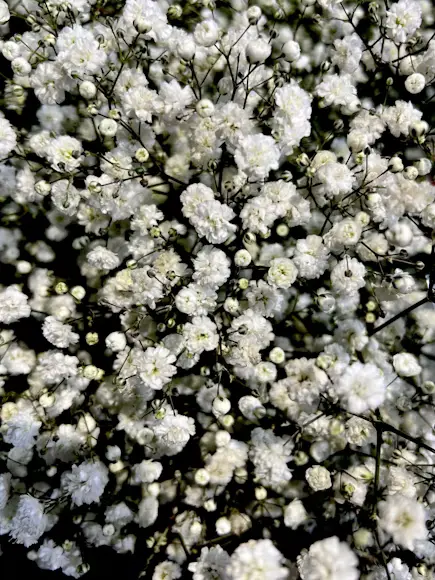
Baby’s Breath
If there was one flower that signifies elegance and simplicity, it’s Baby’s Breath (Gypsophila Paniculata). An airy perennial with lovely white or pink flowers, it came to symbolize grace and is now commonly found in bouquets and floral arrangements.
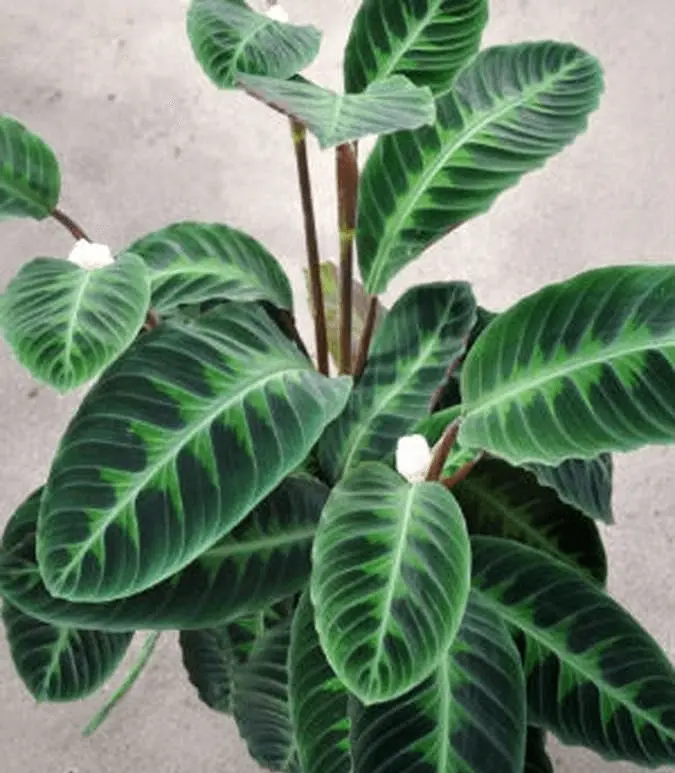
Jungle Velvet Calathea
Calathea warscewiczii, commonly referred to as the Jungle Velvet Calathea is famous for its lush, velvety leaves with a deep green feathered pattern and rich purply-green undersides that seem to glow in soft light.
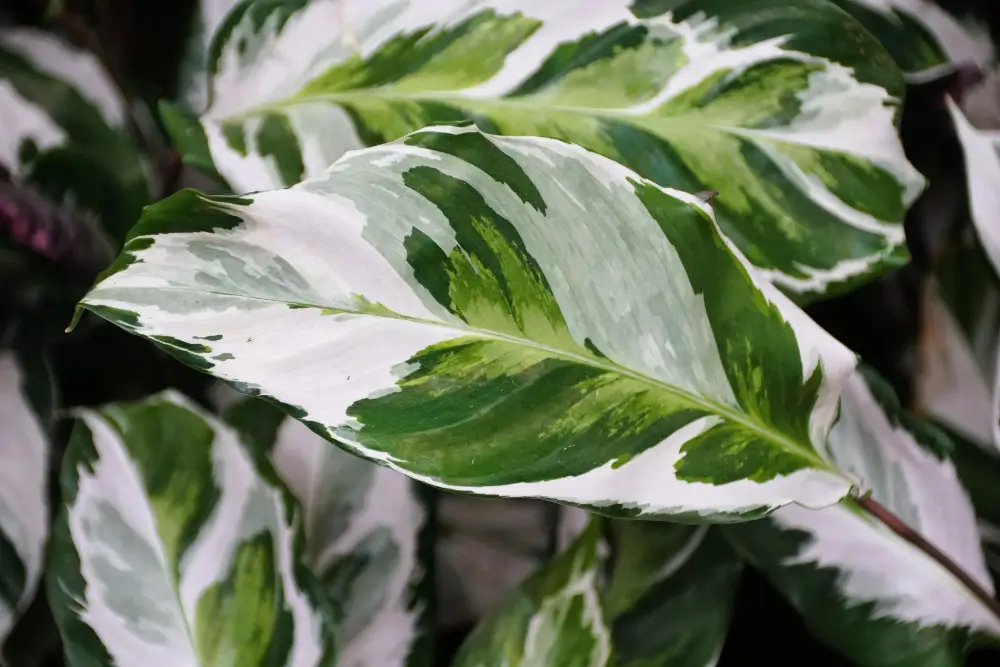
Calathea White Fusion
Calathea White Fusion is a show stopper with its dramatic foliage featuring creamy white and deep green marbled leaves that brighten up any space. A gorgeous tropical houseplant that originates in South America, this plant is prized for its bold patterns
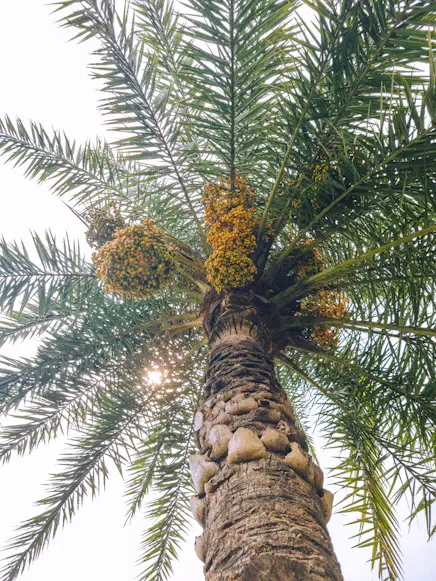
Date Palm
The Date Palm is a timeless architectural plant, which offers desert elegance in both an outdoor garden or indoors. With its arching, feather-like fronds and slender, rugged trunk, it is a bold statement whether potted or grown outdoors in the right setti
Lacecap Hydrangea requires moist, well-draining soil and dappled sunlight to thrive. It prefers humid conditions and appreciates regular watering, especially in dry periods. While adaptable, it prefers a mild climate and does best when protected from harsh afternoon sun and strong winds
This type of Hydrangea likes partial shade, especially in hot climates. Of course a spot that gets morning sun and some afternoon shade is best. In cooler areas, it can tolerate more sun but still appreciates some shelter to prevent leaf scorch.
Lacecap Hydrangea does best in rich, well-draining soil that retains moisture without becoming soggy. pH affects flower color — acidic soil (pH under 6) produces blue blooms; and alkaline soil (pH over 7) produces pink blooms. To get blue flowers, amend the soil with aluminum sulfate; for pink flowers, add some garden lime.
Be sure to water regularly, especially in hot or dry conditions. Keep the soil evenly moist but not soggy. Two to three times a week of deep watering helps keep plants hydrated, especially for young plants. Put mulch around the base to keep soil moisture and temperature even.
Pruning is important to grow in shape, promote healthy growth, and to maximize blooming. The best time to prune depends on the variety, as some Lacecap Hydrangeas bloom on old wood, while others flower on new growth.
For varieties that flower on old wood, prune immediately after flowering, only cutting back dead or weak stems. Cutting back spent flowers stimulates the plant to invest its energy in root and leaf development. With newer cultivars that bloom on both old and new wood, light pruning in early spring encourages new blooms to form throughout the season.
Do not over prune, as that can inhibit flowering during the next year. Instead, deadhead and thin out crowded stems to promote air circulation.
Lacecap Hydrangea can be easily propagated by softwood cuttings taken in late spring or early summer when new growth is flexible but firm..
Lacecap Hydrangea does well in pots, so it can find a home in small space gardens, patios, and balconies. To ensure success:
The Lacecap Hydrangea is quite hardy but also needs some additional protection from colder climates. Add a thick layer of mulch, straw or leaves around the base in late fall to help insulate the roots. If you live in a region with harsh winters, wrapping burlap around the shrub can help protect it from frigid temperatures and strong winds.
If it is in a pot, the plant can be brought to a protected place, like an unheated garage or enclosed porch, to prevent it from extreme frost. Water less often, but don’t let the soil completely dry out.
The delicate, lace-like flowers of this Hydrangea appear from late spring through early fall, providing a long-lasting display. Several factors affect blooming, like light, pruning and soil pH.
To keep them blooming reliably, place them with a balanced amount of sun and shade, prune the right way for the particular variety, and fertilize lightly but regularly during the growing season. If flower production is weak, check if the plant has been pruned too aggressively or if soil nutrients need adjustment.
Lacecap Hydrangea is fairly strong but can have issues.
Lacecap Hydrangea is a graceful and low-maintenance shrub giving sophistication and charm. With sufficient light, fertile ground and consistent moisture, it flourishes unfairly easily,rewarding gardeners with delicate, long-lasting blooms. This incredible, classic plant belongs in every landscape, whether it’s in the ground or in pots.
This may be due to over-pruning, lack of sunlight, or incorrect fertilizing. Treat the plant based on its blooming habit.
Yes! Alkaline soil (pH above 7) produces pink blooms, while acidic soil (pH below 6) produces blue flowers. You can apply aluminum sulfate to turn the color to blue or garden lime to have pink.
Yes, a balanced, slow-release fertilizer applied in spring and mid-summer will promote healthy growth and lots of blooms. Steer clear of too much nitrogen, which encourages lots of leaves but not many flowers.
Light pruning in summer after flowering and the removal of old stems maintain a neat, compact form without sacrificing next season’s flowers.

Outdoor Living
Victor Miller
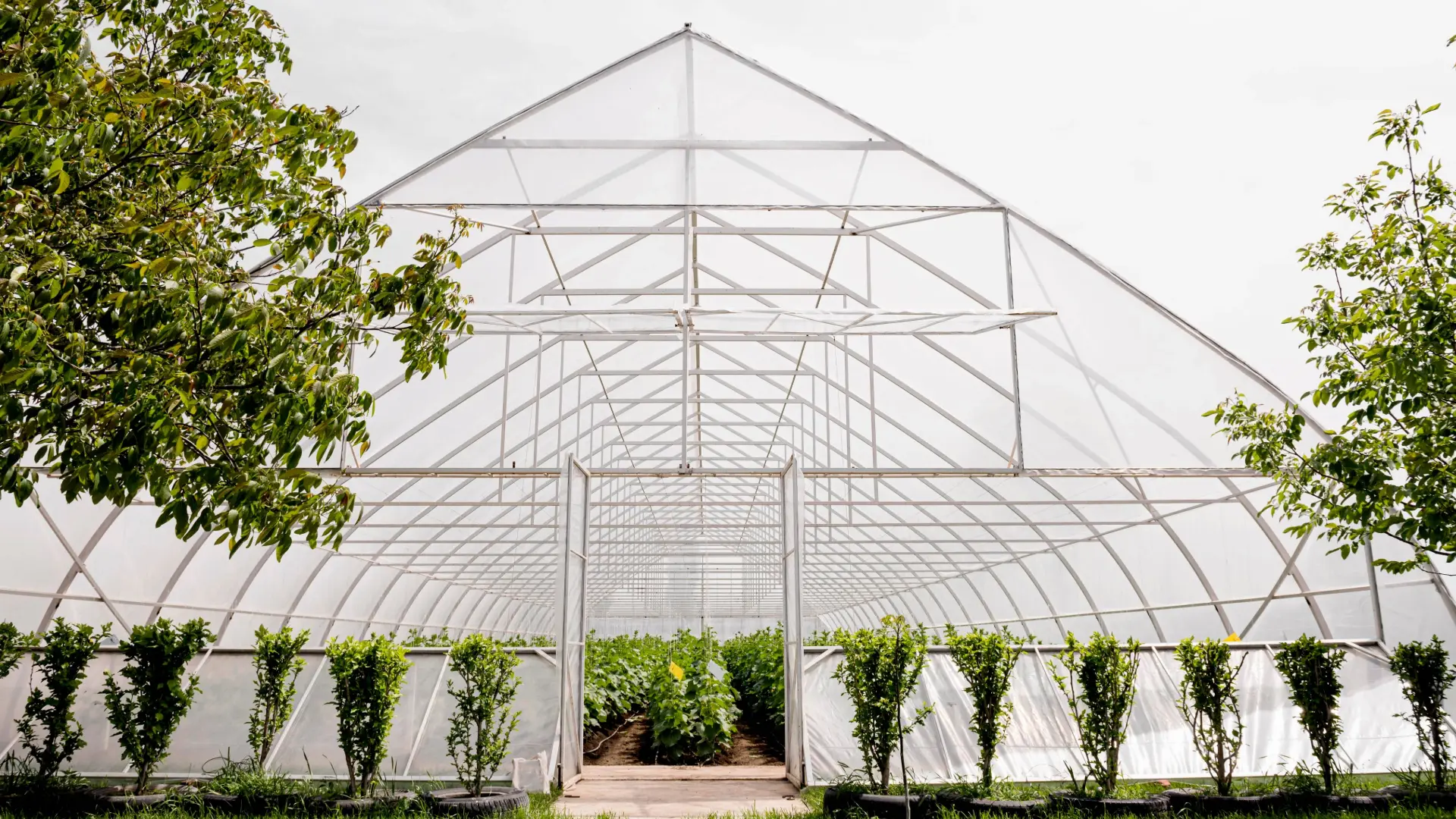
Greenhouse Growing
Gina Lazaarus

Agricultural Policy & Innovation
Gina Lazaarus

Software & Robotics
Gina Lazaarus
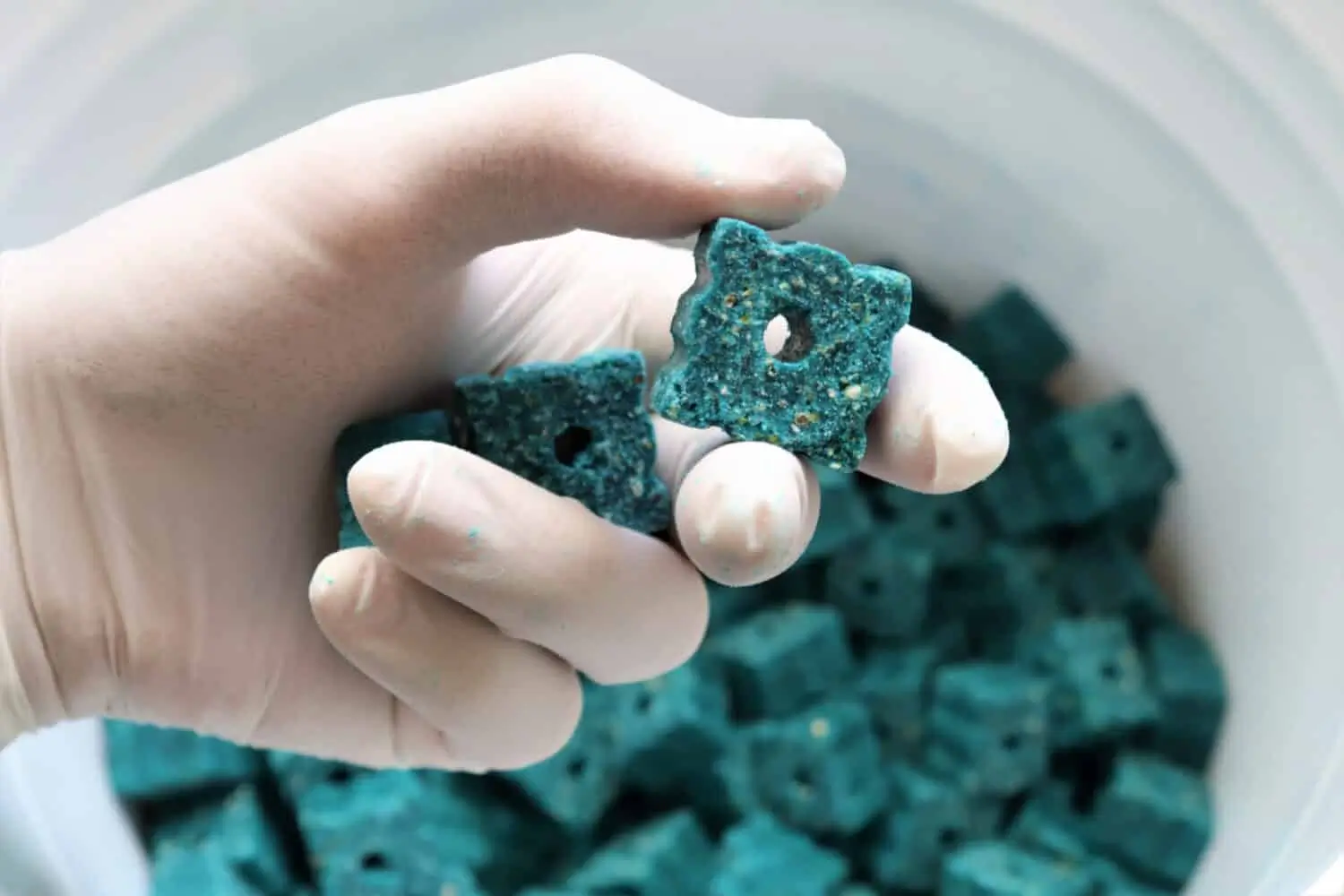
Organic & Natural Pest Solutions
Victor Miller
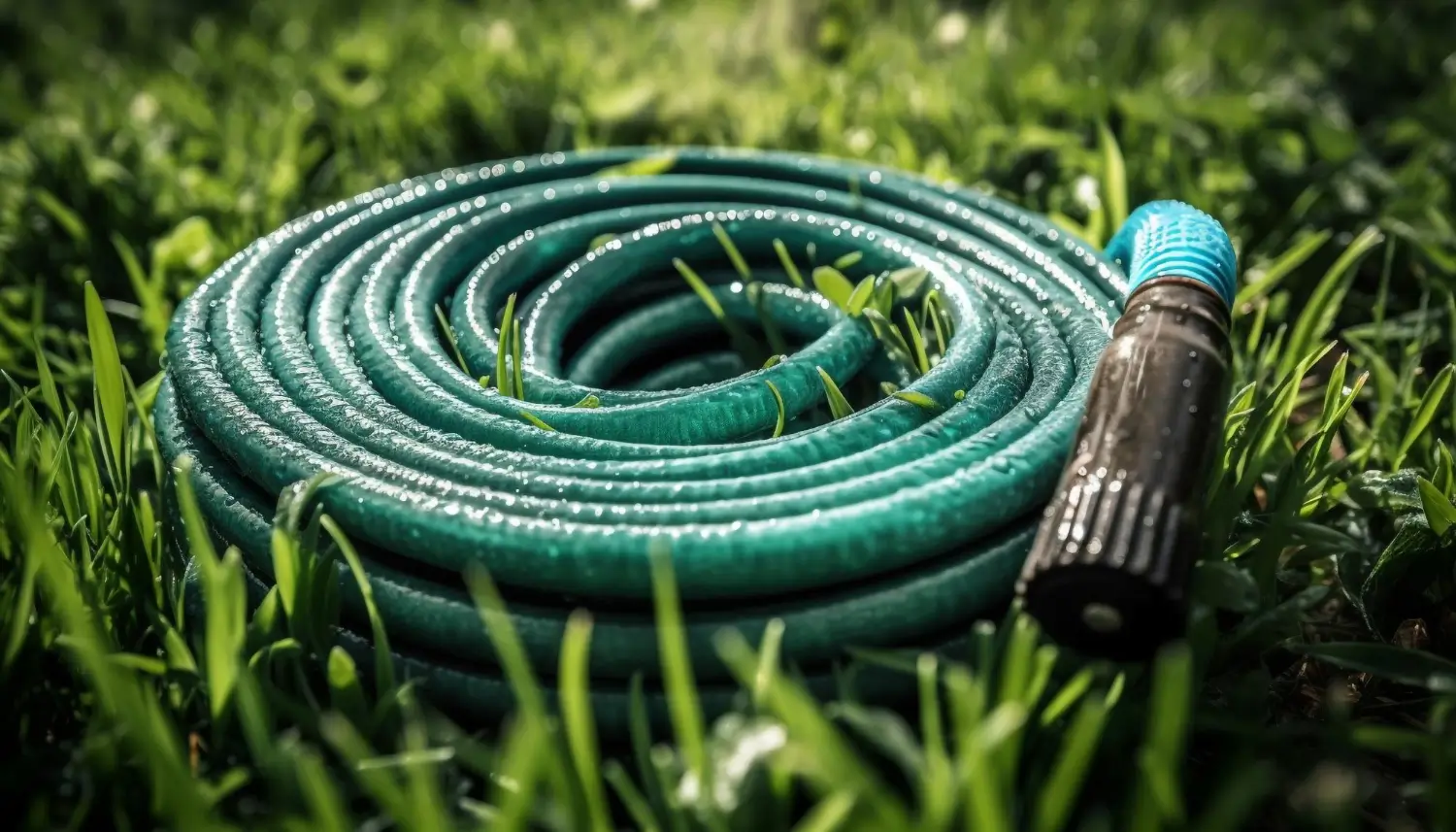
Irrigation System Design & Tips
Victor Miller

Construction Tips & Techniques
Victor Miller
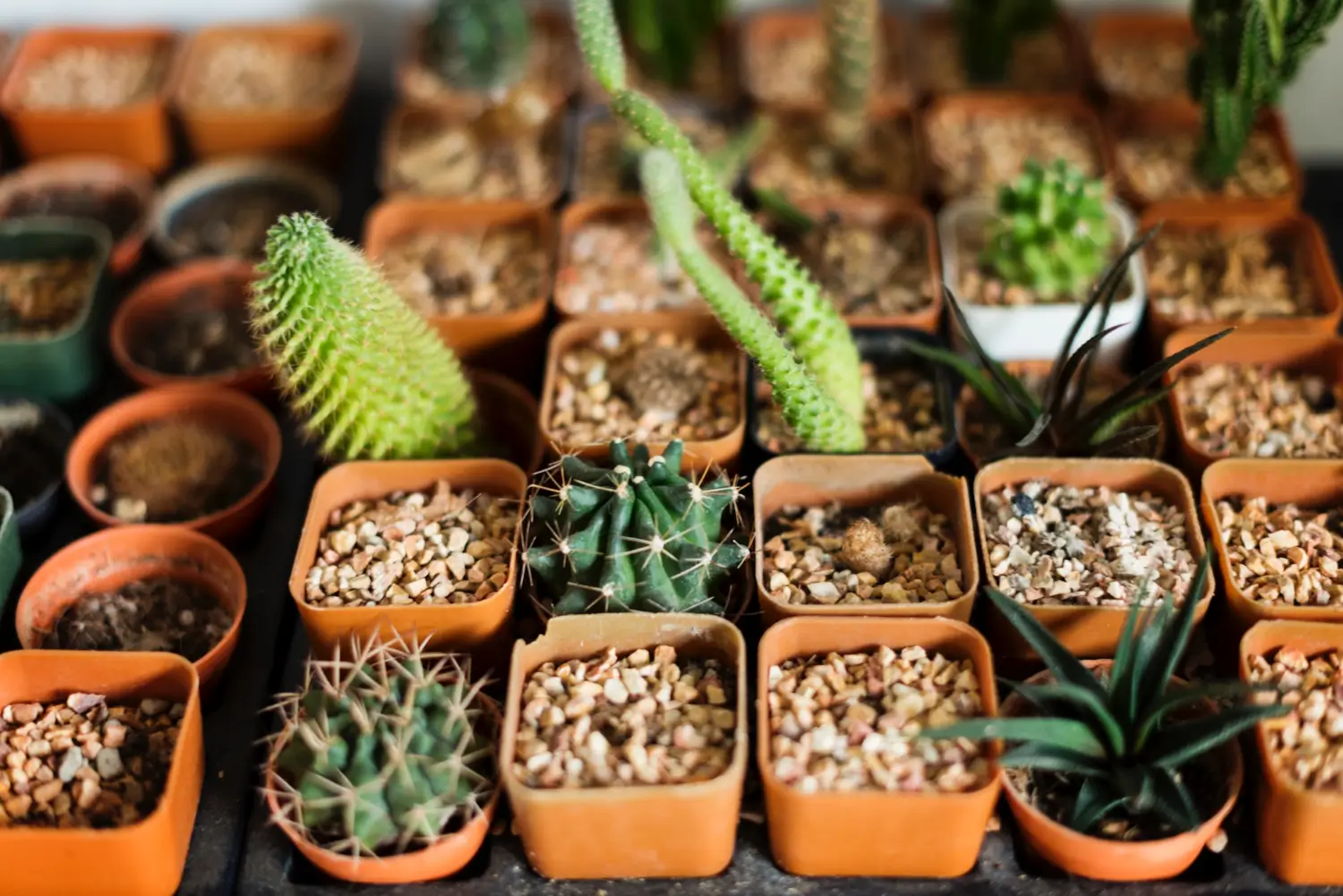
Lawn Care Tips & Maintenance
Victor Miller
My Account
Our team is always here to help.
We are open Monday - Friday, 9:00 AM to 4:30 PM PST.